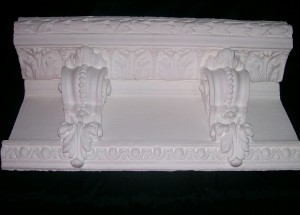Paint restoration in older houses, interior or exterior, is about to become more complicated for painting contractors, as well as other trades that disturb lead-based paint. In April of 2008, EPA enacted new regulations that take effect on April 22 of 2010. It affects trades such as painters, electricians, plumbers, carpenters, remodelers and other trades who create dust in child-occupied buildings built prior to 1978.
The intent of the new regulations is to protect children under the age of 6 and pregnant women from the poisonous effects of lead dust generated from remodeling projects of different kinds. It mandates that painting contractors and other contractors to give EPA’s Renovate Right pamphlet to all owners of pre-1978 housing. It also mandates that contractors be certified by EPA as “Lead-Safe Firms” and that projects be supervised by “Certified Remodelers” to ensure that EPA-prescribed procedures are followed during paint restoration work.
Huge fines can be levied by EPA against violators at the rate of over $32,000 per day, per violation. Even though EPA has limited enforcement personnel, it has empowered local governments to enforce the regulations, not to mention that nosy or angry neighbors can become willing whistle-blowers as well.
What does all this mean for paint restoration and painting contractors? It means that house painting contractors have the opportunity to create added value for their customers by following safer work practices. It also means that the most professional painting contractors have the opportunity to further differentiate themselves as the contractors of choice to potential customers.







 Follow
Follow

